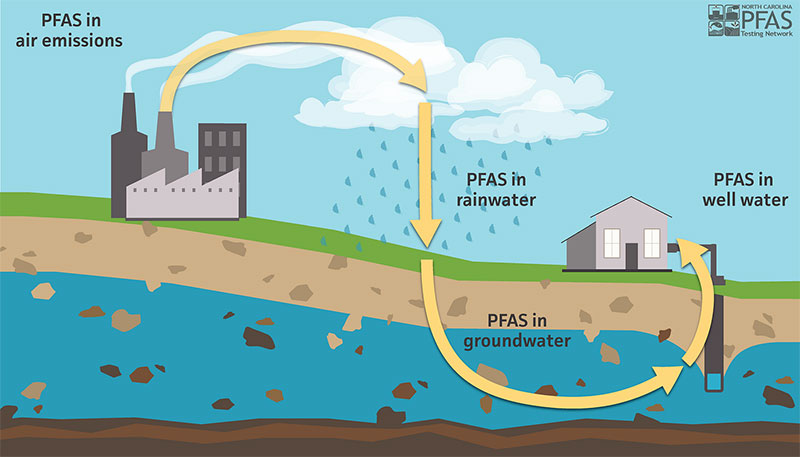Without a viable treatment option, another solution is off-site excavation and disposal in landfills, although this is not a preferred option. In this method, the volume of the impacted soil and its concentration level must be minimized before being landfilled. The landfill itself must be completely sealed with waterproof materials. There are very strict guidelines in some countries for the disposal of PFAS. For example, under the Stockholm Convention, countries such as Sweden and Australia have set a limit on the concentration level of PFOS in the solid phase at 50 mg / kg for aligned landfills and 20 mg / kg for non-coated landfills. However, when rainwater enters the landfill, it mixes all the contaminants and the wastewater flows to potential exit points or boundaries. Landfill leachate must be collected and treated and the resulting PFAS must be detected and destroyed. Landfill leachate, groundwater and surface water should be monitored regularly with a clear reference to the environmental guideline values recommended by the competent environmental protection authorities. Immobilization methods can be used for PFAS before discharge to landfill, which can reduce PFAS in leachate. With all these efforts, the contaminant remains in the landfill and long-term degradations and chemical reactions with other materials can result in the transfer of PFAS from the solid phase and an increase in leachate or transport to the environment if the sealing system is not effective. Therefore, the long
term feasibility of this management option may be in doubt.
In soil remediation, various physical and chemical activities are conducted on the soil mass to immobilize, destroy or remove PFAS contaminants.
Stabilizers such as cement, fly ash, pozzolan etc. they can be mixed with modified soil to better retain PFAS. This is a common practice in geotechnical engineering to reduce castability and increase the shear strength of soil and rock. This does not remove PFAS from the soil, but rather forms a solid and stable matrix from both the soil and contaminants which reduces degradation and leaching. There are some problems with pH in using these types of additives. Cement is incredibly alkaline, which increases the mobility of the PFAS. At the particle level, surface charge density is highly controlled by pH (Campos et al., 2017). At high pH, the surface is more negatively charged, resulting in greater repulsion between the surface and the negatively charged PFAS. In general, PFAS are easily dissociated in water and other environmental materials since they have relatively smaller pKa values and are present in anionic rather than acidic form at ambient pH.











